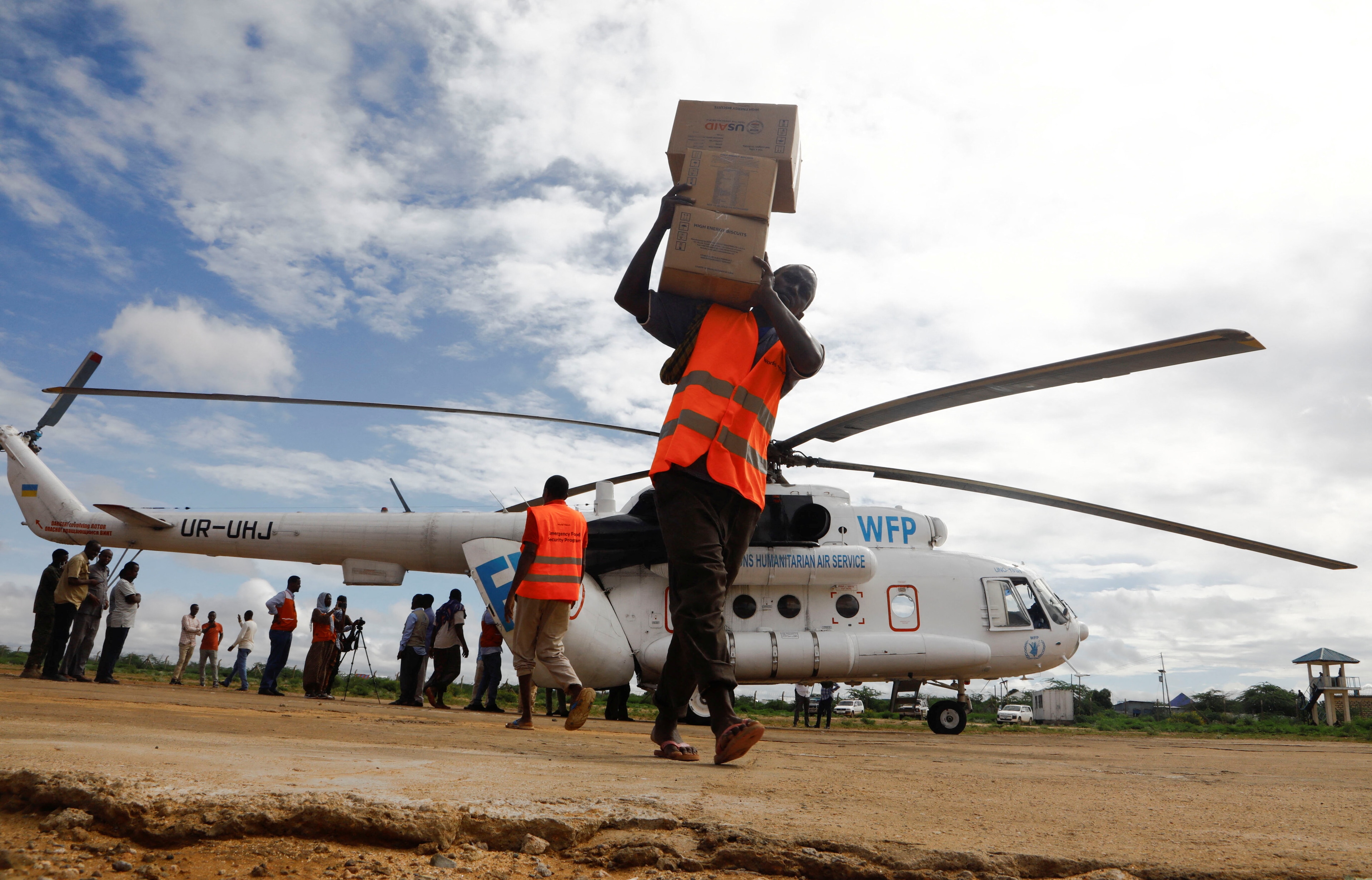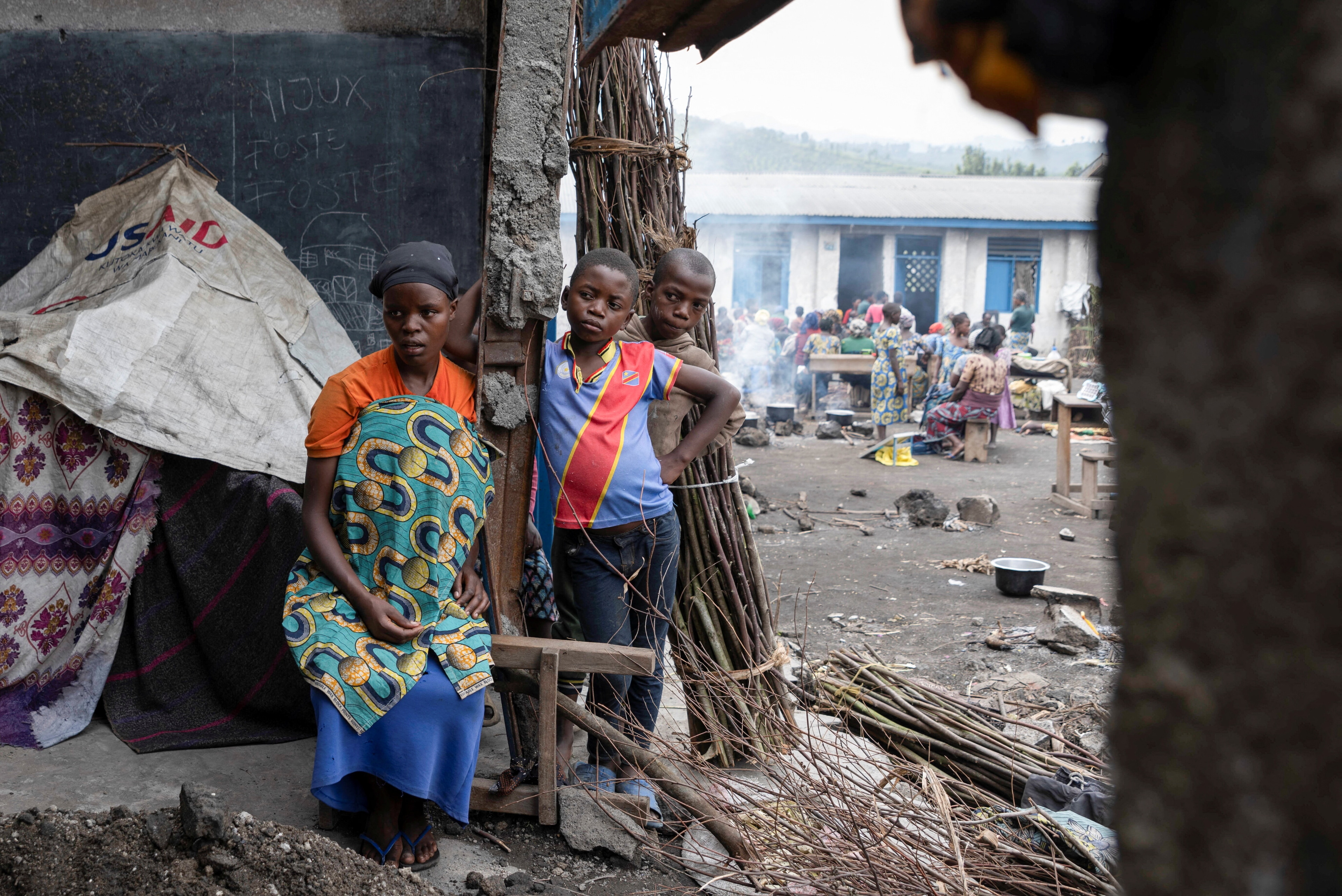The India-Europe relationship used to be all about trade. Now a new strategic partnership is being forged

Europe and India increasingly find they have common concerns
Image: REUTERS/John MACDOUGALL
Stay up to date:
European Union
This article is part of the World Economic Forum's Geostrategy platform
For years, the Europe-India partnership suffered from inertia. After the promising beginnings of the early 2000s, the EU-India partnership lost its momentum, focusing largely on trade and cultural rather than political and strategic issues. Even with important European member states like Germany, bilateral ties with New Delhi remained cordial but focused on limited cooperation on trade and technology rather than broader strategic questions.
Europe’s main focus was on China as its key partner and market in Asia. While India viewed Europe largely as a trade bloc.
However, with an assertive China and uncertainty of US policy under the Trump administration, Europe and India have realized they have much to offer each other.
China’s increasing presence in Eurasia and South Asia is creating similar economic, political and even security concerns for Europe and India. Motivated by the need to diversify its partnerships and balance Beijing, India is seeking to partner with other middle powers like Japan and Australia, but also the EU and member states like Germany and France.
Brexit is another crucial factor, pushing India to look for new gateways to Europe, as its traditional partner leaves the union. For Europe, given the fractures in the transatlantic partnership, the need to strengthen multiple partnerships in a resurgent Asia is clear.
The Belt and Road challenge
Concerns around China’s Belt and Road Initiative (BRI) are one example of emerging new common ground between Europe and India. While Europe is more interested than India in engaging with BRI, its initial enthusiasm about the initiative is tempering. European policy makers are beginning to realize the political, economic and security implications of BRI — both on the Eurasian continent and on the power balance and stability in Asia.
Most of BRI’s belts and roads lead to Europe — 35 Chinese cities are now connected to 34 European cities via trade and transport links.
Europe is a major recipient of Chinese investments in key sectors like energy, telecommunications and real estate. Southern, Central, and Eastern member states suffering from high unemployment and slow economic growth have welcomed Chinese investments with greater enthusiasm, while their Western counterparts have been more cautious.
However, these investments have come with political strings attached, leading to increased Chinese influence both at the EU and member state level. The extent to which BRI has already undermined EU cohesion can be seen in platforms like 16+1, the watering down of EU statements on the South China Sea, or on China’s human rights records by Hungary and Greece.
On other crucial questions of screening Chinese investments, the fault lines run across the EU. Western European states and Brussels are viewing this “divide and rule” tactic with great alarm. German Chancellor Merkel sees Chinese influence as one of the “greatest challenges” facing Europe, and has cautioned that Chinese economic investments should not be linked with political questions.
Maritime trade
BRI has potential implications for the security of European maritime trade and energy routes as well. More than 35% of all European exports go to Asia and a majority transit through the sea-lanes in the Indian and Pacific Oceans. Stability in the region and unhindered sea lines of communication are thus of primary importance to Europe.
BRI projects in this region, with little greenfield investment and plenty of Chinese loans for economically unsustainable projects, have already led to financial instability in Djibouti, Pakistan, Maldives, and Laos. In addition, the Indian Ocean is witnessing an increase in China’s military footprint in tandem with its economic investments.
Increasing competition, militarization, and a “base-race” is already evident, as resident countries like India, Indonesia, and others are alarmed by Chinese expansion.
Regional stability
Here Europe and India share a similar concern, that these developments can upset regional stability, affecting European and Indian security.
Additionally, China’s dual use of commercial ports in South Asia (Colombo, Gwadar, etc.) for submarine docking, and PLA-N logistics is a worrying trend not just for India but also Europe. China now controls one-tenth of European port capacity, not only in the South — Spain, Italy, and Greece — but with Zeebrugge, Belgium, also in the heart of Europe.
In 2017, Chinese warships visited the Greek port of Piraeus, managed, similar to Zeebrugge, by the state-owned China Ocean Shipping Company (COSCO). This, combined with the first-ever Sino-Russian joint naval exercise in the Baltic Sea and the Chinese base in Djibouti has led to a growing unease in Brussels. European Commission President Juncker has warned specifically about foreign acquisition of strategic assets like ports.
Avenues of cooperation
On many of these counts, Europe and India not only have similar concerns, but can also see the direct impact of BRI in their extended neighbourhoods in Eurasia and the Indian Ocean. These are opening up new avenues of political and security cooperation between Europe and India, making their partnership truly ‘strategic’.
Both actors are now working towards shaping the norms around regional connectivity. India was one of the first countries to articulate concerns around BRI on the lack of transparency, and adherence to international norms.
European member states and the EU too have articulated their position on BRI – that it should be based on transparency, a level playing field, reciprocity, and economic and environmental sustainability. EU policymakers underline that connectivity is “not just a Chinese idea” and are in the process of preparing their own strategy on “Euro-Asian Connectivity”. The strategy will describe Europe’s approach to connectivity, financial instruments for funding projects, and strategies for cooperating with partners — including China, but also Japan, India, ASEAN, and others.
New strategy
The EU is also working on a new strategy on India, calling for coordination not just on bilateral but also regional and global issues. This will include the Indian Ocean region, and working towards a regional security architecture to check militarization and competition in the region.
In order to change its perception in Asia as a “payer not player”, European member states and Brussels have just released council conclusions on increasing EU’s security engagement with and in Asia. If implemented, the EU will be able to increase its visibility in the region by building on Member States’ already substantial engagement. This will certainly add a new dimension to its partnership with India.
The political will from both sides to improve ties is reminiscent of the early, heady years of the EU-India partnership. Through several dialogue formats, Brussels and New Delhi are making an effort to understand each other’s positions and constraints better.
Indian foreign policy’s multi-alignment approach has made room for reviving several partnerships while tensions in the Trans-Atlantic partnership has pushed Europe to carve out its own Asia policy. Europe-India observers had long lamented that the partnership was all about trade and not ‘strategic’ enough. Those trends are finally shifting.
‘Rediscovery’ of Europe: New avenues for the Europe-India partnership, Garima Mohan, Observer Research Foundation
Don't miss any update on this topic
Create a free account and access your personalized content collection with our latest publications and analyses.
License and Republishing
World Economic Forum articles may be republished in accordance with the Creative Commons Attribution-NonCommercial-NoDerivatives 4.0 International Public License, and in accordance with our Terms of Use.
The views expressed in this article are those of the author alone and not the World Economic Forum.
Related topics:
Forum Stories newsletter
Bringing you weekly curated insights and analysis on the global issues that matter.
More on Resilience, Peace and SecuritySee all
Florian Krampe
July 31, 2025
Naoko Tochibayashi
July 28, 2025
Vanina Farber
July 21, 2025
Robert Piper
July 17, 2025
Resilience roundtable: How emerging markets can thrive amid geopolitical and geoeconomic uncertainty
Børge Brende, Bob Sternfels, Mohammed Al-Jadaan and Odile Françoise Renaud-Basso
July 9, 2025
Kate Whiting
June 19, 2025







